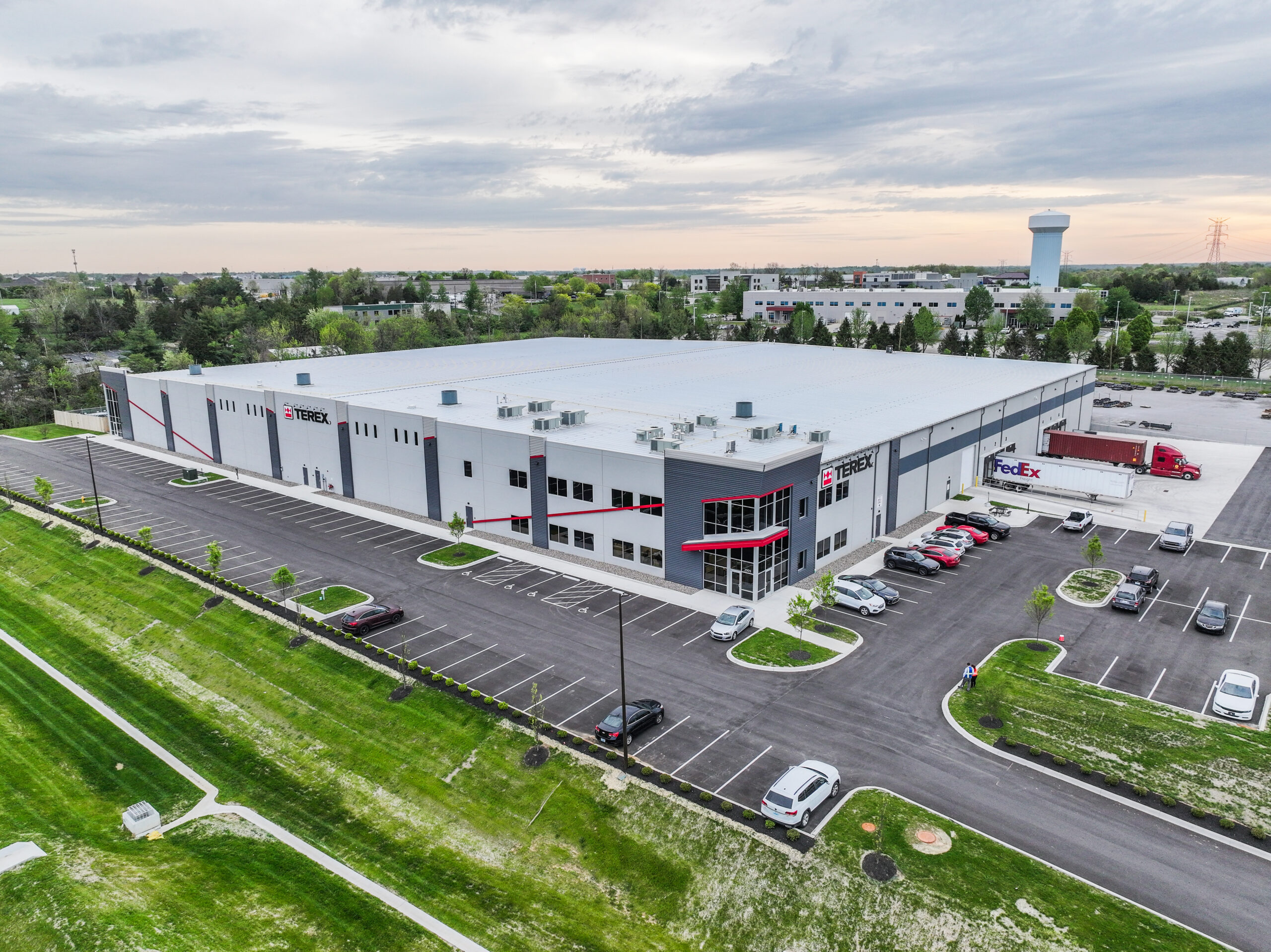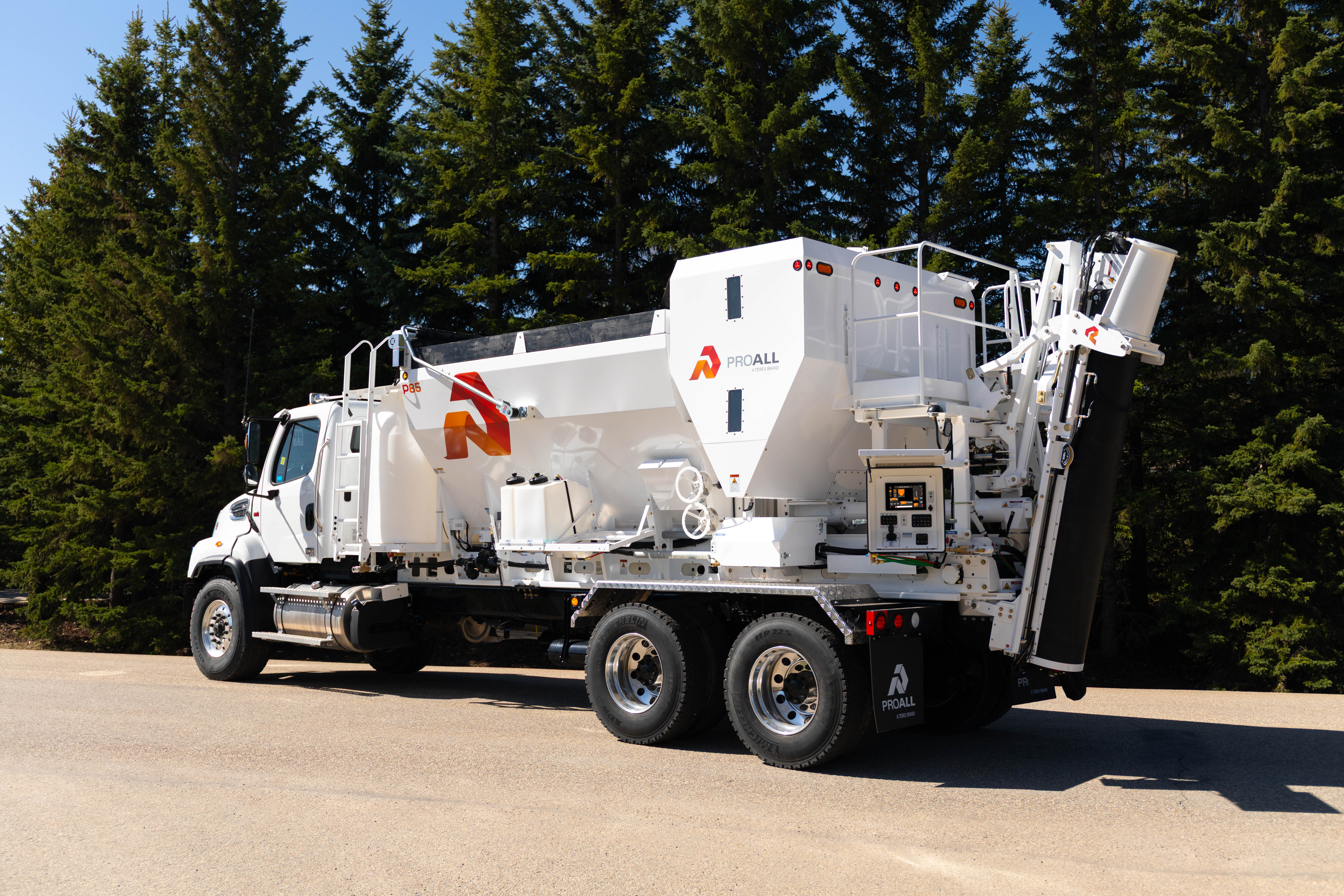
Spring Volumetric Mixer Maintenance: Essential Tips
As the winter chill fades away and the warmth of spring emerges, construction projects kick into high gear. For those utilizing volumetric mixers, ensuring optimal performance in the changing weather conditions is essential for project success. In this article, we’ll explore essential tips for spring volumetric mixer maintenance, helping you maximize efficiency and maintain quality during this busy season.
Conduct a Thorough Inspection:
Before spring arrives in full swing, take the time to conduct a comprehensive inspection of your volumetric mixer. Check all components for signs of wear and tear, paying close attention to belts, hoses, and hydraulic systems. Look for any leaks, cracks, or damage that may have occurred during the winter months. Replace worn parts and address any maintenance issues to ensure your mixer is in top condition for the upcoming season.
Inspecting your volumetric mixer thoroughly ensures that it’s ready to handle the demands of spring construction projects. By identifying and addressing any potential issues early on, you can prevent costly breakdowns and delays down the line. A well-maintained mixer is essential for achieving consistent and high-quality concrete mixes, so don’t overlook the importance of this step in your spring preparations.
Calibrate for Temperature Variations:
Spring brings fluctuating temperatures, which can impact the performance of your volumetric mixer. Take the time to recalibrate your mixer to account for these variations, ensuring consistent and accurate mixing regardless of the weather. Adjust mix designs as needed to accommodate temperature changes and maintain desired concrete properties. By calibrating for temperature variations, you’ll minimize the risk of issues such as slump loss or setting time discrepancies, ensuring optimal performance in spring conditions.
Temperature variations can have a significant impact on the properties of concrete mixes, so it’s important to account for these changes when calibrating your mixer. By adjusting mix designs accordingly, you can ensure that your concrete maintains the desired strength, durability, and workability in spring weather. This proactive approach to calibration will help you achieve reliable and predictable results with your volumetric mixer throughout the season.
Clean and Lubricate Regularly:
Proper maintenance is key to prolonging the lifespan of your volumetric mixer and ensuring smooth operation. Regularly clean all components to remove debris, buildup, and contaminants that can affect performance. Pay special attention to the mixing auger, hopper, and discharge chute, ensuring they are free from hardened concrete or residue. Additionally, lubricate moving parts and bearings to reduce friction and prevent premature wear. By incorporating cleaning and lubrication into your maintenance routine, you’ll keep your mixer running smoothly throughout the spring season.
Regular cleaning and lubrication are essential for preventing downtime and maximizing the longevity of your volumetric mixer. Neglecting these maintenance tasks can lead to performance issues and costly repairs, so it’s important to stay proactive in caring for your equipment. By following a regular maintenance schedule, you can ensure that your mixer operates at peak efficiency and delivers consistent results on every job.
Monitor Material Temperatures:
In spring, ambient temperatures can rise quickly, impacting the temperature of materials used in concrete production. Monitor the temperature of aggregates, cement, and water to ensure they remain within the optimal range for mixing. Use shaded storage areas or cooling techniques to prevent materials from overheating, which can affect concrete consistency and quality. By carefully monitoring material temperatures and taking proactive measures to maintain ideal conditions, you’ll achieve consistent and predictable results with your volumetric mixer.
Temperature control is crucial for producing high-quality concrete mixes, especially in the variable conditions of spring. By monitoring material temperatures closely and implementing strategies to keep them within the desired range, you can ensure that your mixes meet the necessary specifications and perform as expected on the job site. Don’t overlook the importance of this step in your spring preparations for optimal mixer performance.
Train and Educate Operators:
Lastly, invest in training and education for operators to ensure they are equipped with the knowledge and skills needed to operate the volumetric mixer effectively in spring conditions. Provide comprehensive training on mixer operation, maintenance procedures, and safety protocols. Educate operators on best practices for adjusting mix designs, calibrating for temperature variations, and troubleshooting common issues. By empowering your team with the necessary expertise, you’ll enhance efficiency, minimize downtime, and maintain quality standards throughout the spring season.
Train your drivers with Concrete Business Solutions, Volumetric 101 class: Explore their Volumetric 101 Class!
Operator training is essential for maximizing the performance of your volumetric mixer and ensuring safe and efficient operation on the job site. By investing in comprehensive training programs, you can equip your operators with the skills and knowledge they need to handle the challenges of spring construction projects confidently. Properly trained operators are better equipped to troubleshoot issues, adjust mix designs as needed, and maintain equipment reliability, ultimately contributing to the overall success of your projects.
As spring ushers in a flurry of construction activity, preparing your volumetric mixer for optimal performance is essential. By conducting thorough inspections, calibrating for temperature variations, maintaining cleanliness, monitoring material temperatures, and investing in operator training, you’ll ensure smooth operation and high-quality results in spring conditions. With these essential tips, you’ll be well-equipped to tackle spring projects with confidence and efficiency.


